Skinflint summer plans are the name of the game.
The cost of living has got the fear-sweats pouring off our brows as it is.
I’m trying to save up a deposit for a flat the noo. Suddenly I’m thinking it’s less the mortgage and more the gas bills I’ll be struggling to pay every month.
Now’s the time, sadly, to save.
But the sun’s oot and the meadowflowers are in bloom, and the world’s never been so inviting.
So luckily I’ve got a top tip for a summer-long interest that won’t break the bank.
It’s graveyards.
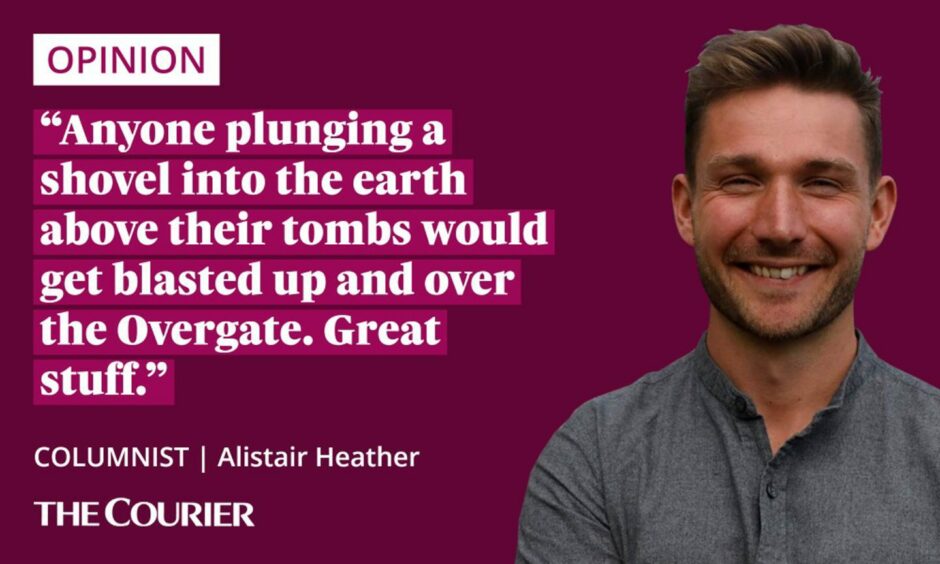
Aye, you heard me.
The National Museum of Scotland, doon in Edinburgh, are away to launch their big summer exhibition.
Anatomy: A Matter of Death and Life explores the history of anatomical study.
And it’s a cracker.
It’s also a fairly thrifty visit, at a tenner a skull for adults and free for all under 16s.
The exhibition explores how we went fae complete ignorance about our own inner workings to where we are today – with sophisticated surgeries and scans and the like – as well as how Scots were regularly at the forefront of world learning.
The wait is nearly over!
'Anatomy: A Matter of Death and Life' exhibition opens Saturday 2 July at the National Museum of Scotland.
Explore the history of anatomical study from artistic explorations by Leonardo da Vinci to the Burke and Hare murders. pic.twitter.com/Y6WWpUOBfo
— National Museums Scotland (@NtlMuseumsScot) June 28, 2022
It’s quite a story.
But the most thrilling part is when it gets to the ‘bodysnatchers’.
Anatomy students lacked bodies so took to robbing graves
When the Enlightenment began clicking into gear in the later 1700s, anatomy students needed bodies.
They had to crack open corpses if they were going to start forming a decent idea of what was going on inside us.
But, they couldnae get sufficient dead folk to practise upon. The state would only allow them the corpses of occasional murderers.
The rest of the time they were stuck opening up street dogs and the like to get a general sense of mammal biology.
So they started breaking into fresh graves and stealing away with newly buried bodies.
People wanted to rot in peace
And this is where our story breaks out of the museum and into the graveyards around Dundee, Aberdeen and the majority of the east of Scotland.
From the early 1600s students in Aberdeen were only allowed their allocated “Twa bodies of men, being notable malefactors” to practise upon.
So they and their paid agents began digging into fresh graves and stealing bodies away to dissect.
The general hubbub of humanity who wanted a nice quiet burial and our remains to rot in peace wernae happy.
We began to take measures to protect our graves and those of our next of kin.
Little watch-house bothies were built in loads of graveyards. Armed locals would sit with their blunderbusses and a bottle of whisky, waiting to fire a hail of shot at any student sneaking aboot after a corpse.
Cages were placed over graves for long enough that the body would rot in the ground and be of no use to the students.
Dundee and the north east has cracking tales
Hunting for these things, and seeking out local stories of them, has always been a hobby of mine. I recommend it to you.
There’s a bonnie wee watch-house at St Cyrus, for example, that would in my opinion make a cracking themed Air BnB.
The graveyard itself is perhaps the most beautifully located in Scotland. It’s ideal for a picnic or a dook in the sea.
And, of course, for ticking a nice piece of bodysnatcher architecture off your list.
At Crail there’s a mort-house.
That’s a solid vault-like structure where the dead were left to rot before burial, since rotten bodies were of no use to students for dissection.
‘Their tombs would get blasted up and over the Overgate’
When the real fear of the body snatchers was on Dundee, one man, a local gunsmith took matters into his own hands. The poor guy had lost his two young daughters, and they were to be buried at the Howff cemetery in the middle of town.
He was worried that their graves would be desecrated by students looking for bodies to dissect. So he brought materials from his gunsmith workshop and buried his daughters with two large improvised gunpowder landmines above their coffins.
Anyone plunging a shovel into the earth above their tombs would get blasted up and over the Overgate. Great stuff.
For those less adept at handling explosives, Dundee Cooncil would rent you out a mortsafe.
Once you reckoned your love one was sufficiently decomposed, you’d return the mortsafe to the cooncil.
Trust me. A summer on the trail of these bodysnatchers and the local folk battling against them will be a summer well spent.
And come this winter, when we cannae afford to heat the hoose, you can switch off those expensive lights, gather the family round a candle, hap yourself up in blankets, and share ghost stories and gruesome tales of the Burkers.
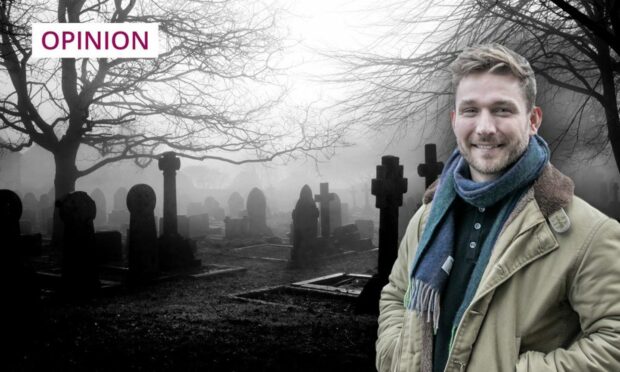
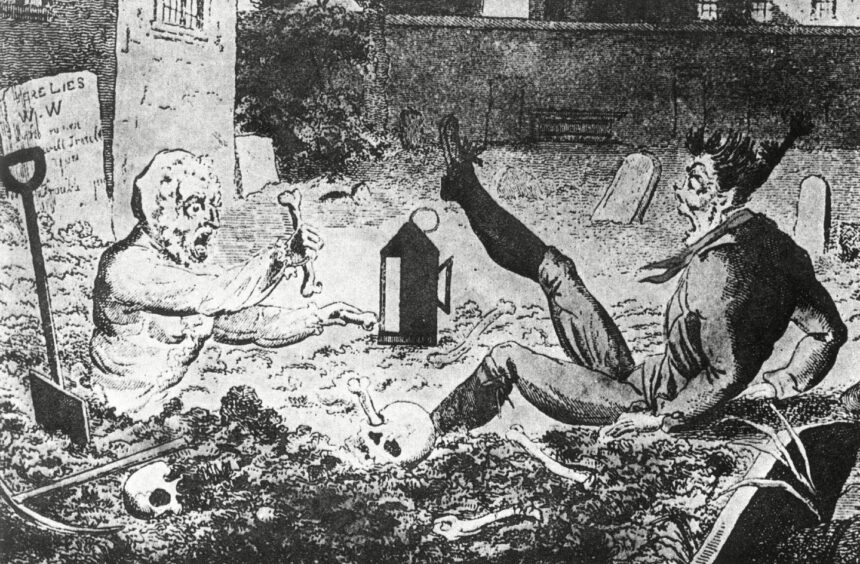
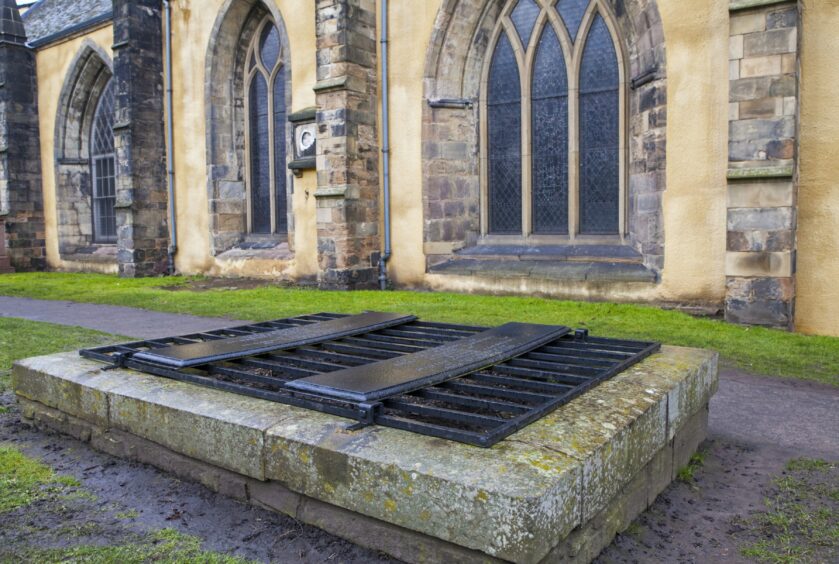
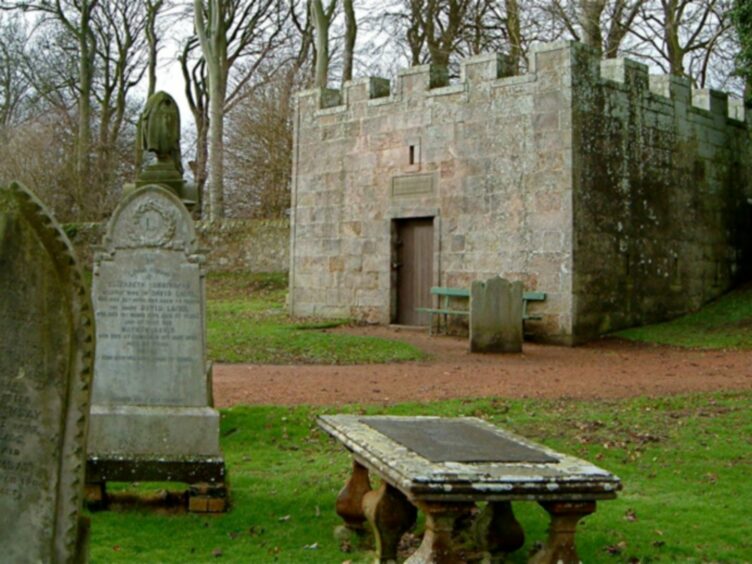


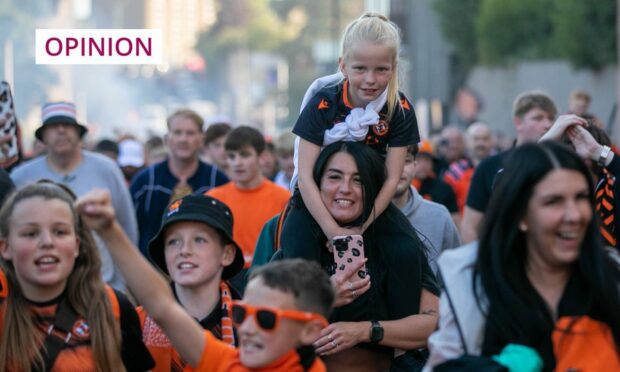

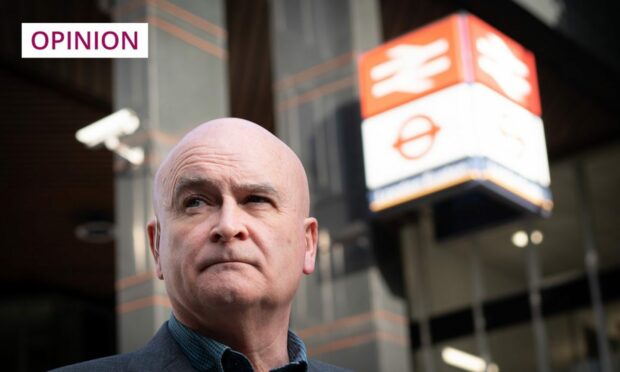
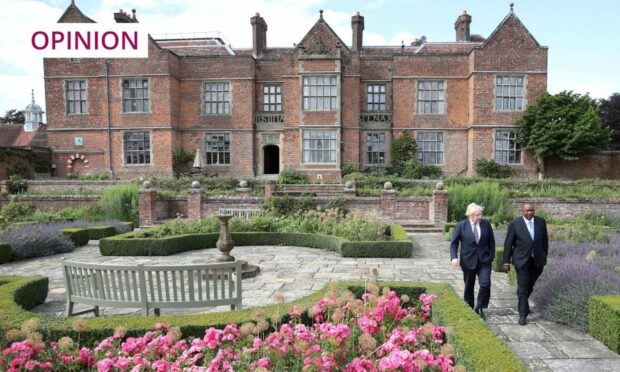


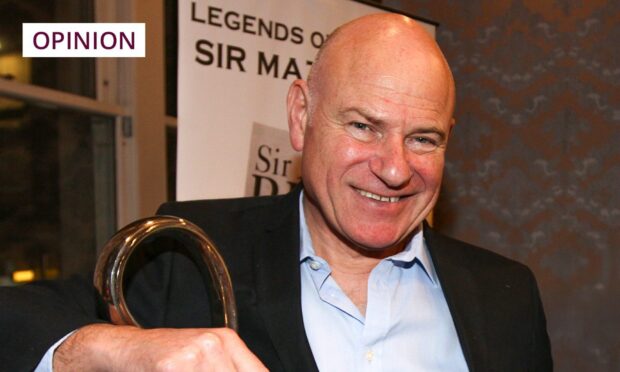


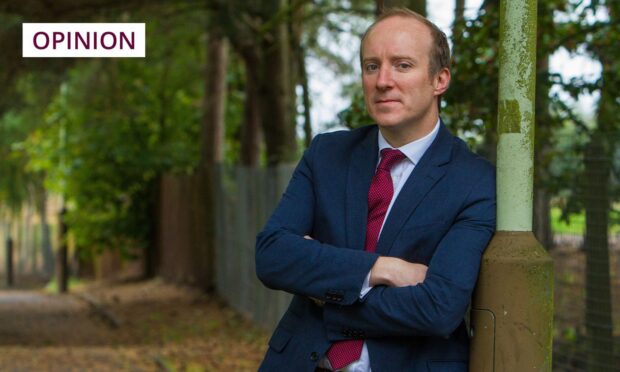

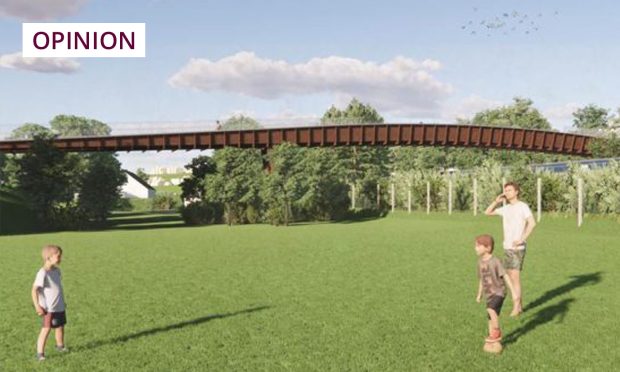
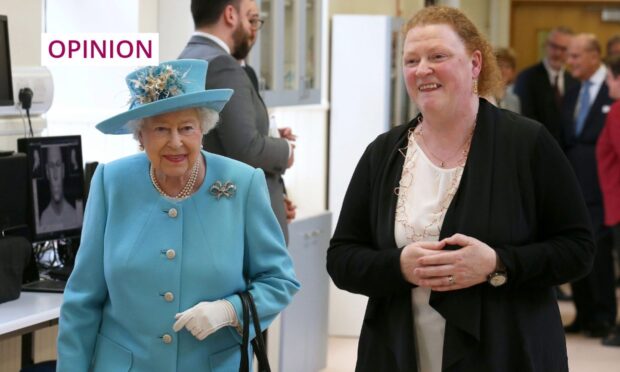

Conversation